
An American food revolution is underway. The FDA, under Health and Human Services Secretary Robert F. Kennedy Jr., will revoke the authorization of eight synthetic food dyes in the next few weeks.
Perhaps the most far-reaching regulatory change regarding food safety in decades, it includes staples such as Red No. 40 and Yellow No. 5—additives long vilified as potentially harmful to human health.
The dyes, many of which are petroleum-based, will start being phased out by the end of 2026. But what exactly does this mean for American food policy, and what changes are we likely to see as a result?
Historical Context and Regulatory Evolution
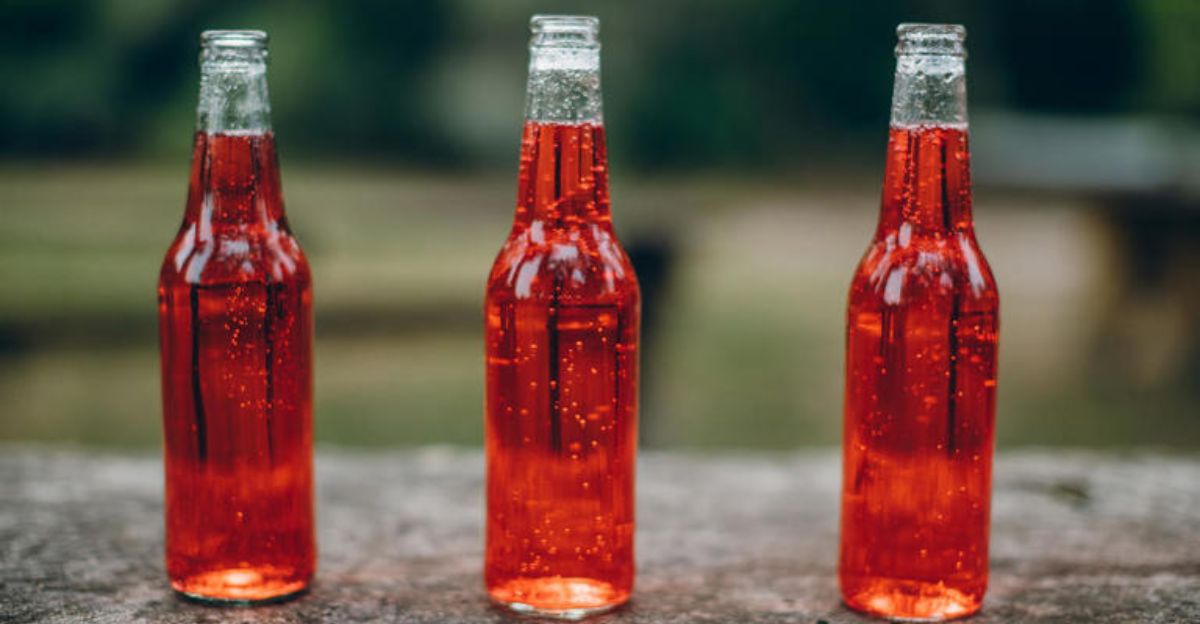
Synthetic dyes have a spotty regulatory past. Early in the 1900s, some synthetic colors used mercury, lead, or arsenic. The 1938 Food, Drug, and Cosmetic Act granted the FDA power over color additives, leading to the notorious “Delaney Clause” prohibition of cancer-related substances.
Red No. 3 was banned partially in 1990 after research demonstrated it induced thyroid tumors in rats, but it stayed in food. Over time, industry lobbying and regulatory disinterest allowed many suspicious dyes to remain in use.
The new revocation is a full circle return to prioritizing public health. It represents not only evolving science but also the changing power dynamics between corporations and regulators.
Health Concerns and Scientific Debates

Scientific research into artificial dyes has revealed alarming trends. A 2021 California Office of Environmental Health Hazard Assessment report revealed credible links between artificial dyes and attention disorders in children.
Previously, the FDA stated that these colors are safe in moderation. However, opponents argue that cumulative exposure, especially to children consuming highly colored snack foods daily, poses a substantial threat.
The neurotoxicity issue has raised concerns that the U.S. is lagging behind in banning dyes that other countries, such as Europe, have already deemed unsafe. As public pressure mounts, the FDA responds to emerging science, consumer unease, and chronic activism.
Legislative Pressure and State Action

Some states didn’t wait for federal action. California, New York, and Illinois introduced bills to ban synthetic dyes from school lunches, due to disproportionate effects on children in low-income school districts.
However, West Virginia took it a step further by banning a few dyes statewide. These state-led initiatives helped spur federal momentum by proving political viability. In a rare case of bipartisan alarm, red and blue state legislators joined hands over the well-being of schoolchildren.
The movement recalls previous food wars, such as the trans-fat bans and soft drink taxes, that began locally and spread nationally. The FDA’s upcoming ban would not have been conceivable without this patchwork of state laws.
Consumer Advocacy and Social Momentum

The phase-out is the result of decades-long consumer activism. Organizations, such as the Center for Science in the Public Interest, have collated studies, lobbied regulators, and organized boycotts.
Their campaign was propelled by viral ones that exposed the difference between European and American food compositions. Further, a social movement, “Real Food for Real Kids,” helped to influence brands to reformulate children’s school snacks.
Armed with smartphones, parents can use nutrition apps to become watchmen, proving that the FDA’s decision is a victory for bottom-up pressure. Turns out that consumer uproar, amplified by the Internet, can remake the country’s food economy.
Global Perspectives and Regulatory Variations
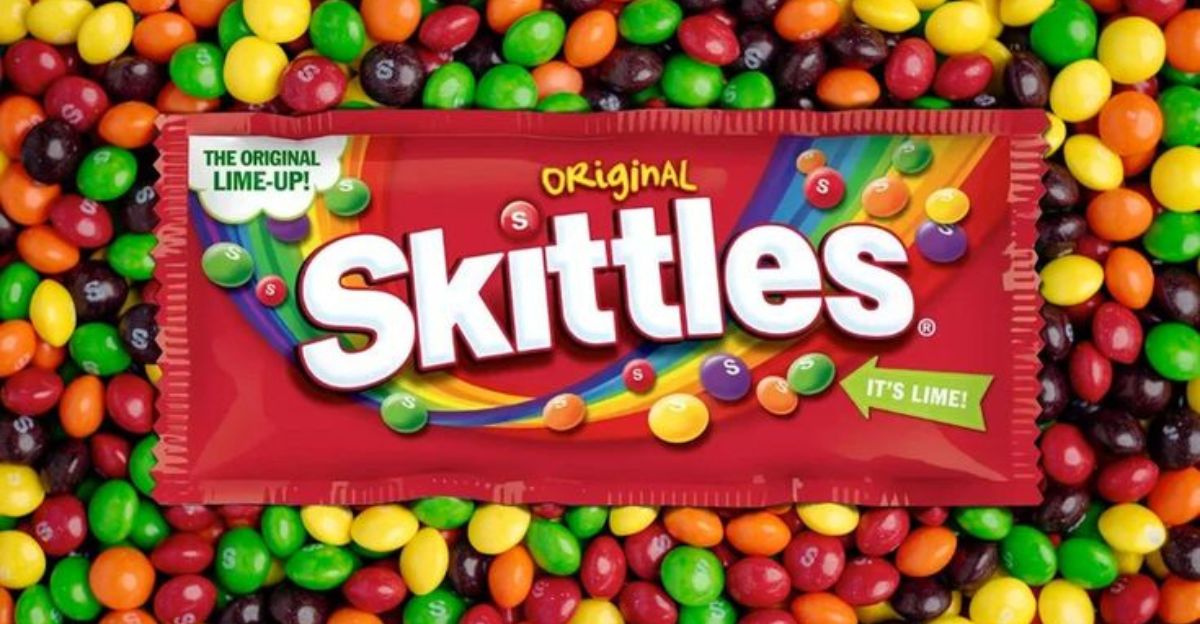
Globally, the FDA’s looming ban would be old news. The European Union demands warning labels on foods with artificial dyes, and international brands overwhelmingly opt for natural dyes voluntarily to avoid criticism.
For example, UK Skittles use beetroot and turmeric coloring, but the U.S. version still uses Yellow No. 5 and Red No. 40. Further, Canadian Froot Loops contain not a hint of any of the dyes in question.
These variations point to a glaring loophole in regulations. American consumers have long been unwitting guinea pigs in a global food experiment—only now is the U.S. playing catch-up.
The Imminent Ban
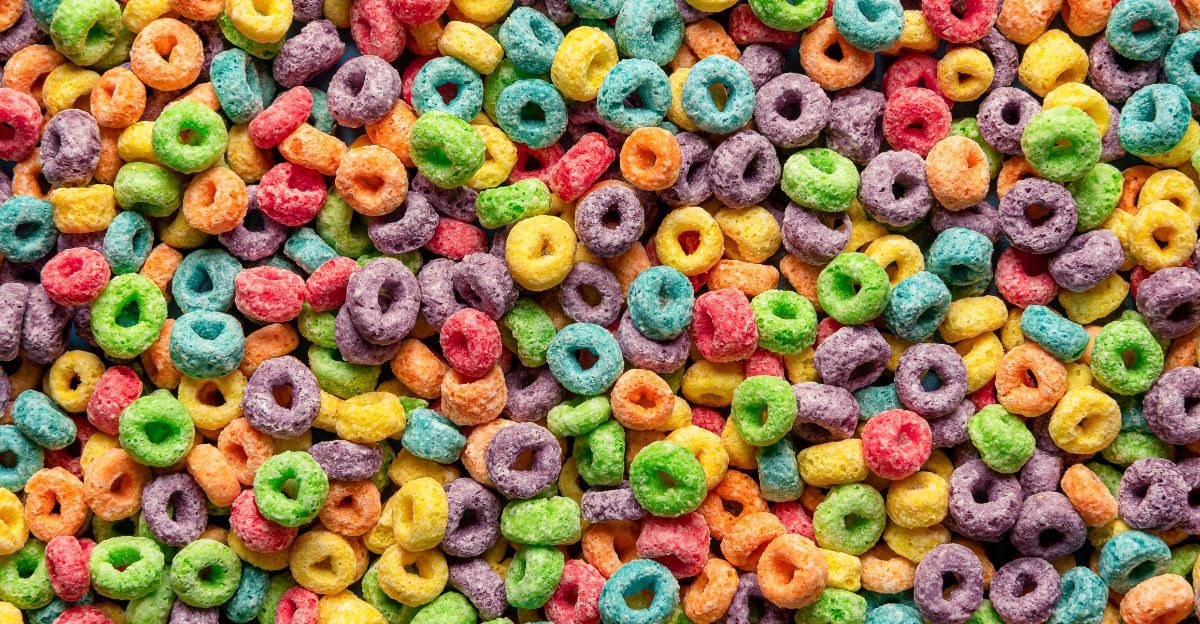
The FDA’s ban includes eight artificial colors used in thousands of foods from cereals and candies to condiments and soft drinks. The synthetic colorings have been used for decades, but will now be phased out as increased evidence shows behavioral and health effects, especially in children.
The ban comes at a time when consumer pressure is growing and new research questions long-term safety. Red No. 3, itself already banned in cosmetics, tops the list.
In this unprecedented action, America will catch up with other nations prohibiting artificial dyes, signaling a fundamental change in how American food is created, sold, and eaten.
Industry Rebellion and Economic Impacts
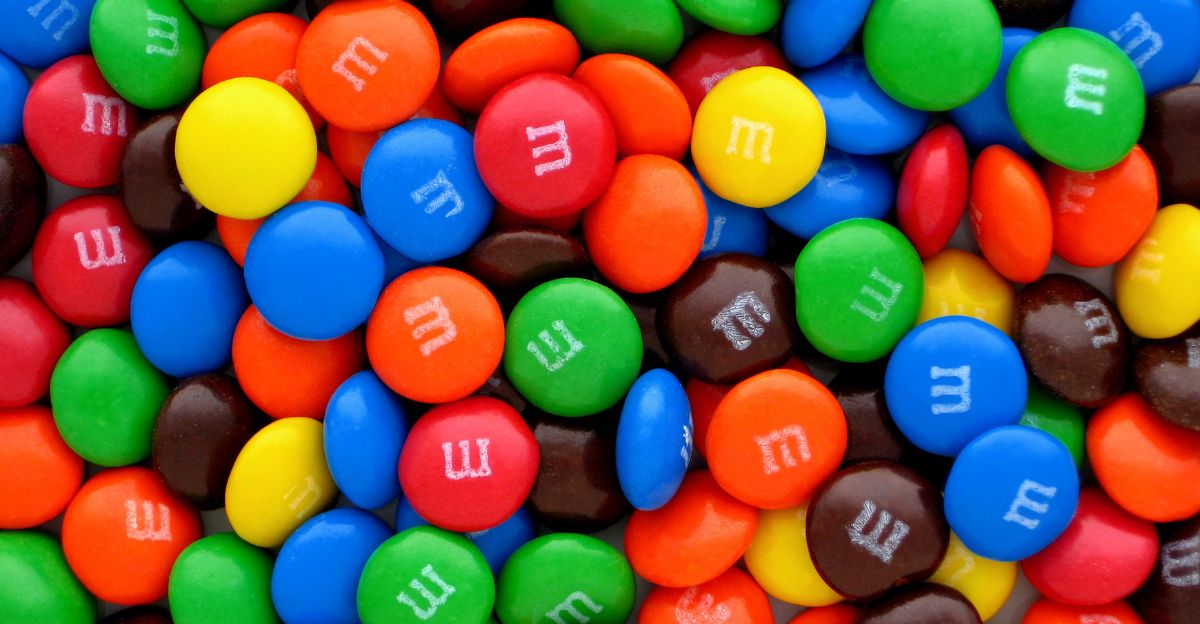
The American food industry’s response has been swift and scornful. Repositioning iconic brands away from artificial coloring isn’t just costly; it could jeopardize brand recognition. For example, can you imagine less colorful Froot Loops or M&Ms that don’t pop?
Company officials estimate it would cost billions of dollars and disrupt strained post-pandemic supply chains. Meanwhile, industry groups argue that dyes serve practical purposes for consistency and visual appeal.
The backlash is a testament to how ingrained aesthetic branding is—and how resistant the food industry is to reform, even in the face of health concerns. Nevertheless, companies must now scramble to adapt as customers, researchers, and health activists celebrate the move.
Early Movers: Companies Leading the Clean Dye Revolution
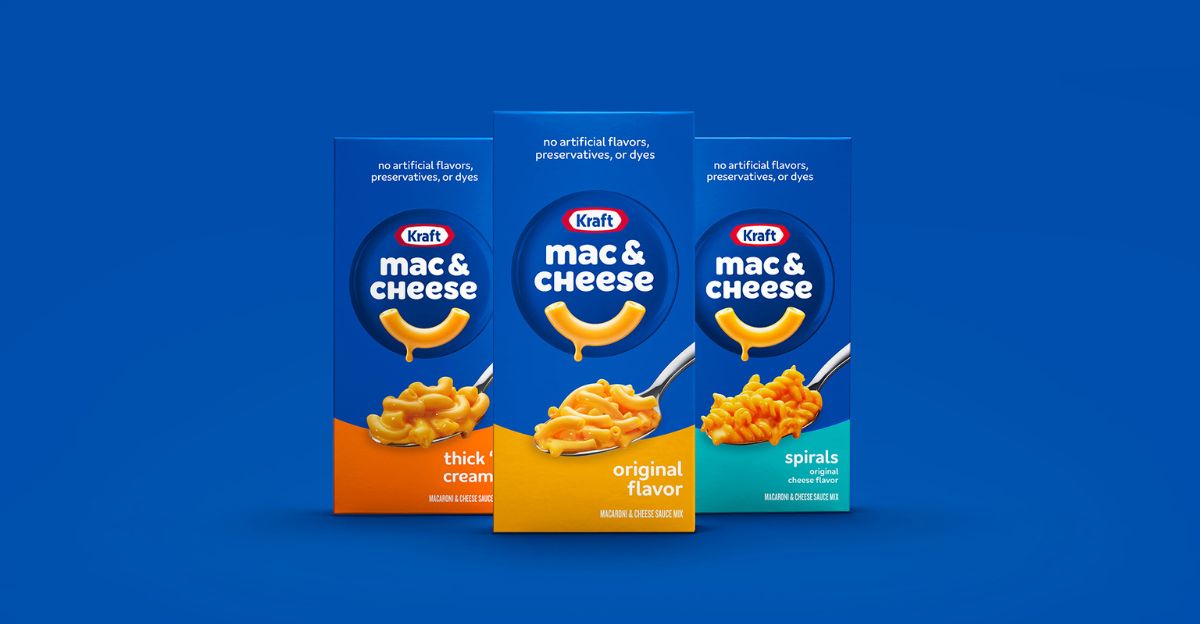
Not all industry companies feel the same. Some are ahead of the curve, like Nestlé, and have already reformulated many products using natural colorings abroad. Early adopters are likely to secure an advantage in market trust, regulatory readiness, and consumer loyalty.
For example, Kraft Heinz eliminated Yellow No. 5 and Yellow No. 6 from its classic macaroni and cheese in 2015 and substituted it with paprika, annatto, and turmeric, while Trader Joe’s and Whole Foods have removed many artificial additives from their private-label product lines.
However, some brands, such as General Mills, experienced negative customer feedback after removing dyes, highlighting both the advantages and disadvantages of pioneering new products.
The Rise of Natural Alternatives

As artificial colorings are phased out, you must wonder what will fill the gap. The answer? Natural alternatives, such as butterfly pea flower extract, spirulina, and beet juice, are rich in color without the negative health concerns.
The FDA has already approved three new plant additives, including Galdieria extract blue from algae. These replacements are already popular in Europe and are gaining momentum in the U.S. food tech sector.
Startups are innovating with fermentation-based hues and thermal-stable ingredients. While more costly and challenging to enlarge, natural colorants are part of an emerging clean-label trend. The transition could start a food design renaissance in which science and safety converge.
Future Outlook: A New Era of Food Transparency

As the era of synthetic dyes comes to an end, America is at a culinary crossroads. In the next two years, consumers will witness packaging redesign, reformulation frenzies, and increased use of natural alternatives.
Critics may complain about a “nanny state” or fear duller food aesthetics, but history contradicts reformers. The transition opens markets for plant-based dye producers and transparent brands. As consumers demand cleaner labels, brands that are behind the curve are forced to modify or lose market share.
This is not about color; it’s about trust, science, what we put in our bodies, and how we feed our children. The food revolution is happening not in the kitchen but in regulation, policy, and accountability.
Discover more trending stories and Follow us to keep inspiration flowing to your feed!

Craving more home and lifestyle inspiration? Hit Follow to keep the creativity flowing, and let us know your thoughts in the comments below!
